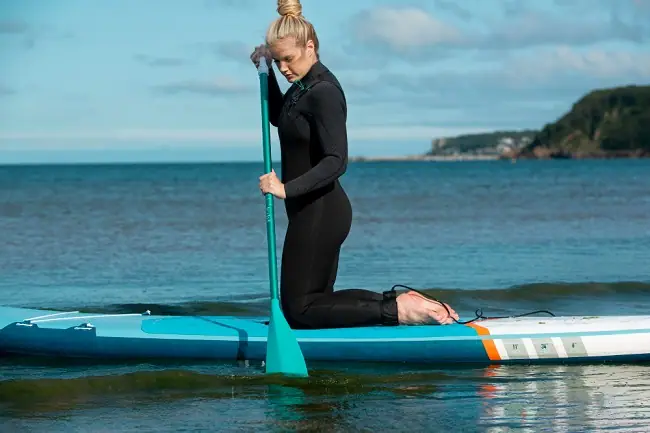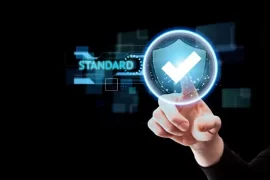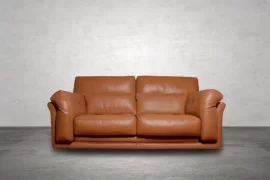Paddleboarding has become a beloved water activity, but now you face a dilemma: inflatable or hard paddle board? Each has its perks, and finding the right fit is crucial for an enjoyable experience on the water. Let’s dive into the comparisons and contrasts to help you make an informed decision.
Performance Differences
Both inflatable and hard paddle boards have unique characteristics when it comes to performance. Inflatables are praised for their stability, making them ideal for beginners.

Hard boards, on the other hand, often offer better speed and manoeuvrability. Consider your skill level and what aspects of performance matter most to you as you embark on your paddle-boarding journey.
Storage and Transportation
Imagine this: easy storage and hassle-free transportation. That’s the promise of inflatable paddle boards. Deflate, roll up, and toss it in the trunk—no roof racks required. Take a look at Tidal Rave paddle boards if you want to see what they’re like. Hard boards, however, demand more space and a vehicle with roof mounts. If convenience is your game, inflatables might be the way to go.
Durability and Maintenance
Concerned about durability? Inflatable paddle boards are constructed with sturdy materials like PVC and employ drop-stitch technology, making them surprisingly robust. Hard boards boast undeniable sturdiness but might be prone to dings and scratches. Consider your paddling environment and how much wear and tear your board might encounter.
Cost Considerations
Money matters and the cost difference between inflatable and hard boards are worth noting. While inflatables are often more budget-friendly upfront, hard boards might require less maintenance in the long run. Factor in your budget and how much you’re willing to invest in your paddle boarding gear.
User Skill Levels
Your skill level plays a pivotal role in the decision-making process. Inflatables are forgiving and great for beginners, offering stability and buoyancy. Advanced paddlers might lean towards hard boards, appreciating the responsiveness and speed they provide. Think about where you stand on the paddling expertise scale.
Can You Trust Refurbished Paddle Boards?
Are you unhappy about the price of brand-new paddle boards? There’s no getting away from the fact that quality and new designs come at a price. While this is often worth it in terms of durability and longevity, it can be quite costly if you’re on a budget. However, this doesn’t mean that you have to give up on owning a paddleboard. Instead, you can opt for a refurbished one.
One of the biggest questions people have is whether refurbished paddle boards are reliable. The answer is yes. It’s important to note that they’re different from used boards. Let’s take a closer look.
Restored by the Manufacturer
Let’s get one thing straight; a refurbished paddle board will come from a store or the manufacturer. You’re not going to be purchasing it from another person. This is a good thing, and it means that the manufacturer will restore the board before selling it. In other words, any damage is repaired and it will appear like new. Indeed, the paddle board is often tested in many ways for quality before it’s sold.
Consequently, if nobody told you a paddle board was refurbished, you would never know. It can be a great way to save money and to ensure the safety and quality of a board before you buy it. You can trust them because they’re restored by the manufacturer themselves.
Used is a Risk
You’ll often find that when people are selling their paddle boards, this will be cheaper than a refurbished one. Yes, this is true. You could be able to grab a bargain, which can seem appealing when you’re working with a tight budget. However, you have to be aware of the risk that comes with buying something second-hand. When it’s not in the hands of the manufacturer, it could be damaged, faded and dirty. The person may have used it heavily for years. You could end up buying it just to replace it months later because it’s not reliable.
Therefore, you have to be prepared for the risk of buying a used paddle board online. If you’re careful, it’s possible to get a cheap board that you can use until a better one comes along. But, it could also be a double expense and prove to be a bad deal.
Understand your Budget
Often, the decision will come down to how much you want to spend on a paddle board. Brand-new is going to be the most expensive, but you have more control over the materials, design and type. Refurbished offers a cost saving, but you don’t get to choose what board this will be. Then, you’ve got the used option. This is the cheapest method to acquire a paddle board, but it comes with risks.
Conclusion
In the end, there’s no one-size-fits-all answer. Your ideal paddle board depends on your preferences and priorities. Weigh the pros and cons, try to borrow or rent both types, and test them on the water. Whichever you choose, remember that the goal is to have fun and enjoy the tranquillity of paddle boarding.






